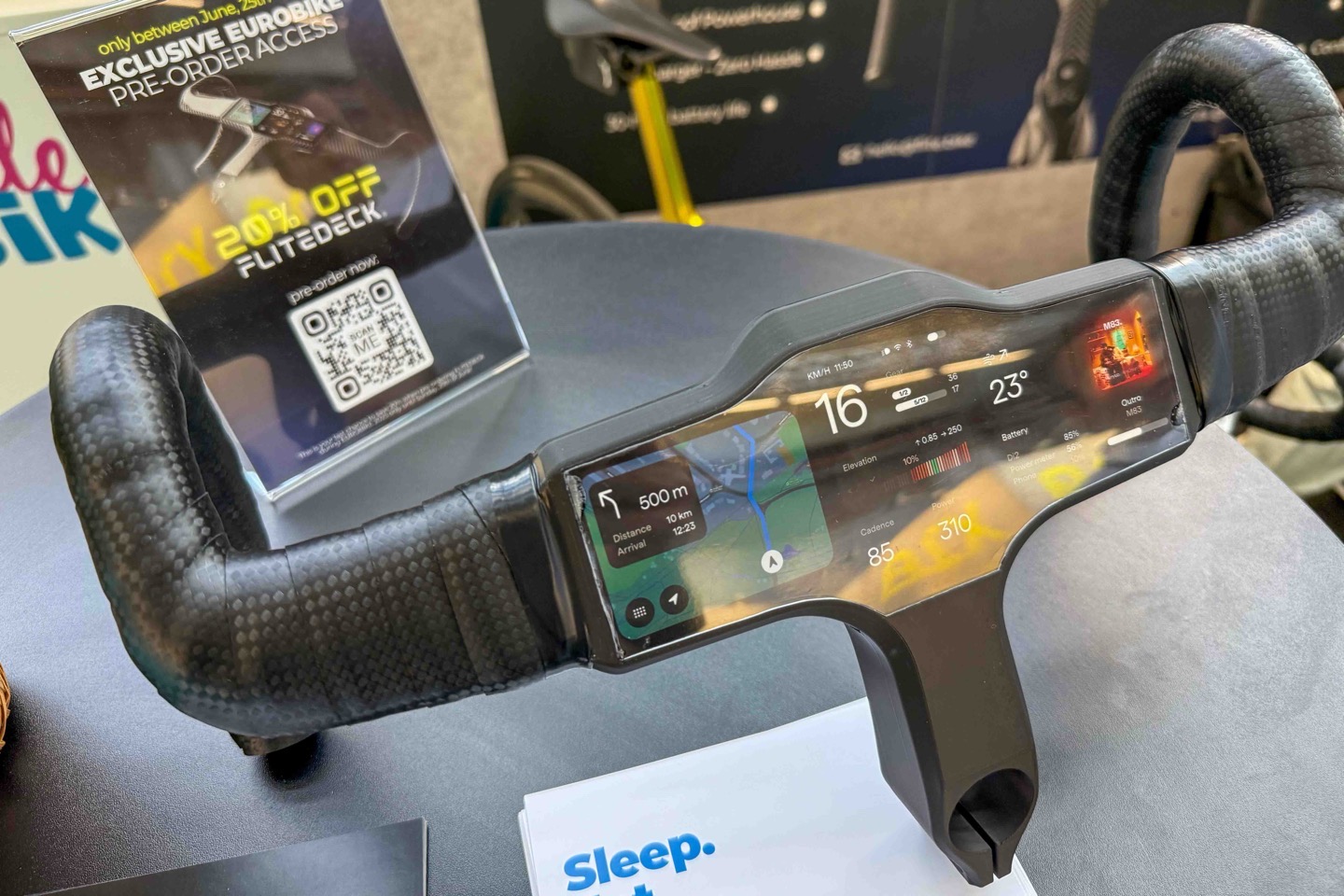
FliteDeck was on hand at Eurobike, showing their progress within the startup area. For those not familiar, FliteDeck has basically taken the bike computer and merged it with your actual handlebars (including a built-in front light and bike bell), producing an aero-cockpit style display system. The company had been working on the project for quite some time before opening up orders earlier this year.
The price of the entire cockpit (handlebars and bike computer) has ranged from 1,795EUR to 3,499EUR, depending on which exact version you buy, and whether or not there are any discount codes available.
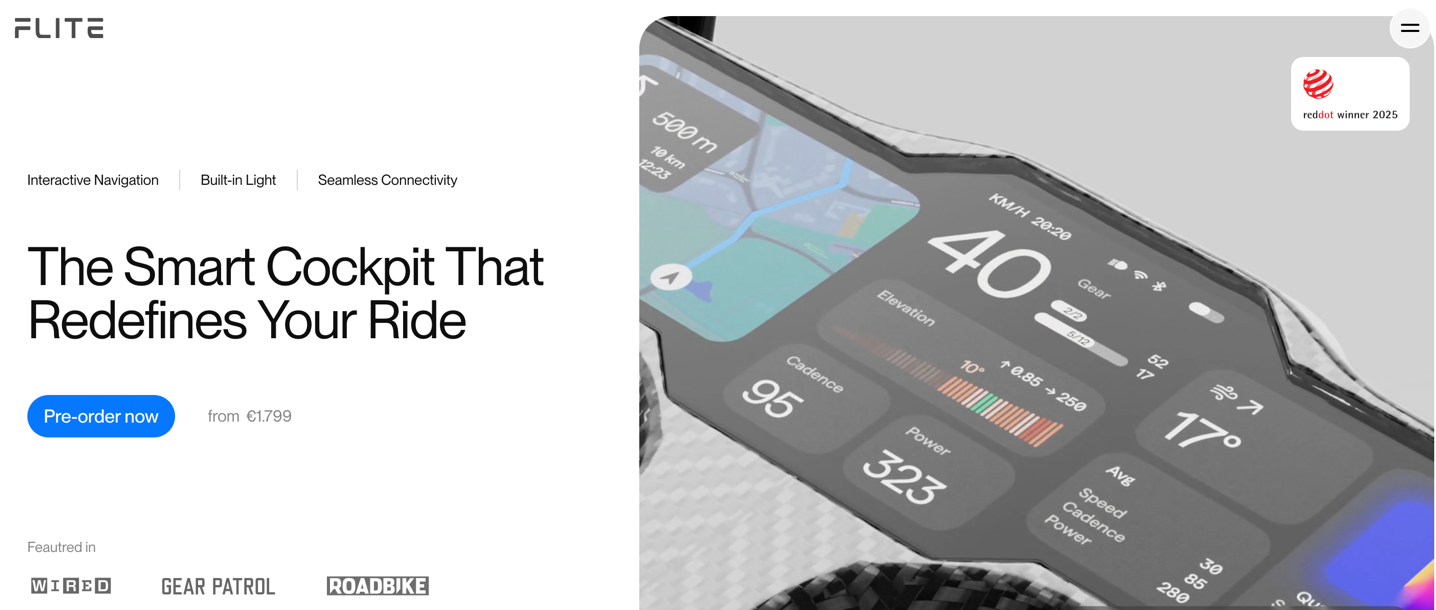
Therefore, at the show, I was keen to try it out in real life.
Walking up to their small booth in the Eurobike startup area, they had what appeared to be three different units on hand. One on a bike, and two on tables. The one on their main booth table was open, so I went up to it and observed for a moment.
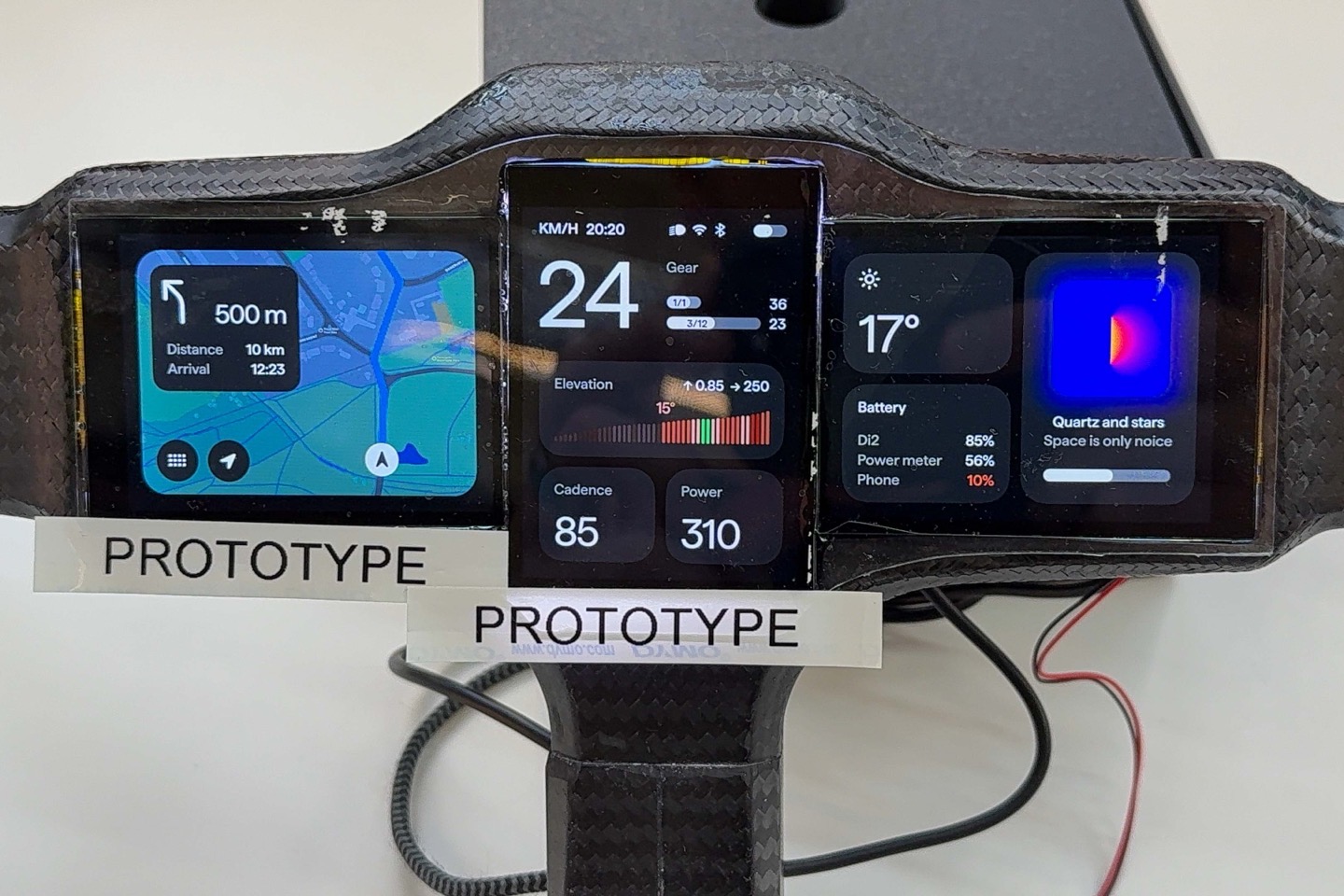
The unit has three distinct LCD displays, all three of which are inset into the handlebars themselves. Now, setting aside this very prototype-looking unit, the actual displays themselves, and arrangement, looked fantastic. At least, at the full brightness level they appeared to be set at. Whether or not that’s a viable brightness level is a totally different question.
In asking one of the two founders, he noted that their current battery plan is 20 hours. That’s a bit of a hit from the 20-30 hours claim previously, though, such is life on startup battery claims. I’m honestly a little bit surprised they don’t have more capacity below the displays in the handlebars for a bigger battery, but I’m sure it’s a balance between structural, battery, and cost.
In any event, as you can see, it’s clearly labeled ‘prototype’ in multiple places. However, it was also clearly just sitting there begging to be touched, like every other product at Eurobike on display…so naturally, I touched each display. The center and right displays didn’t do anything when I touched and swiped them.
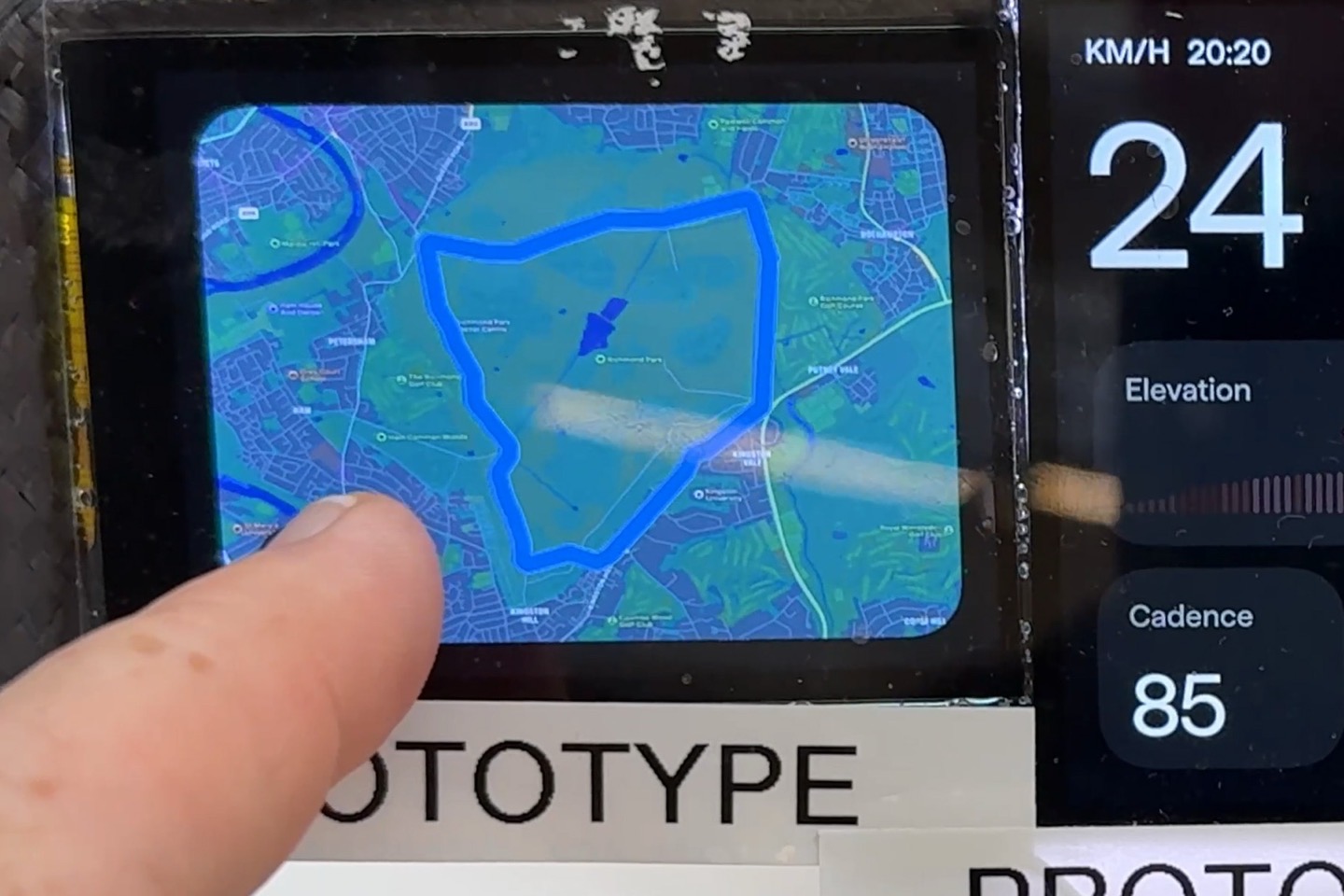
However, the left display did: It crashed.
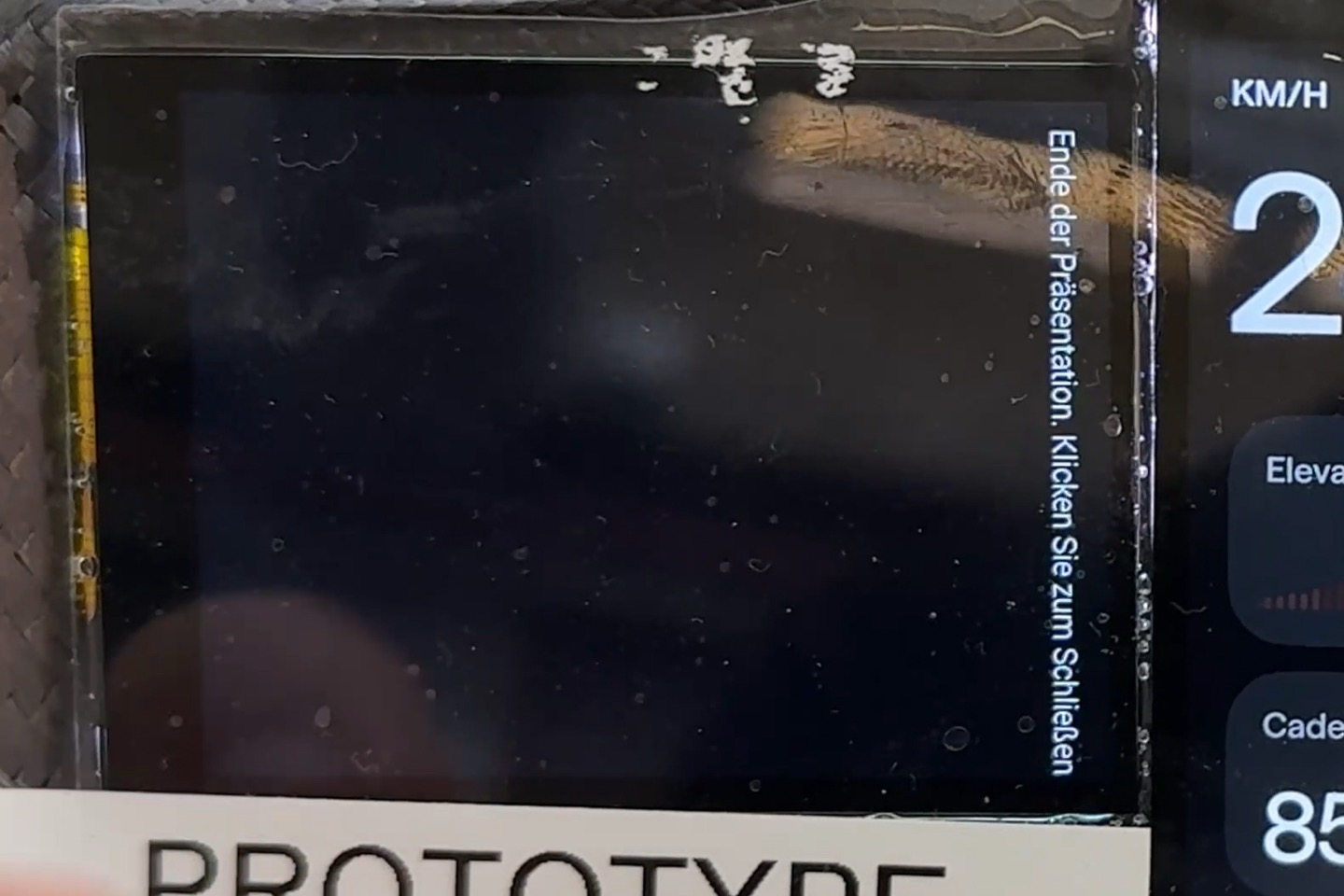
Or at least, I thought it crashed. In reality, upon reviewing the footage later I realized it was just running a static slideshow, which you can see here:
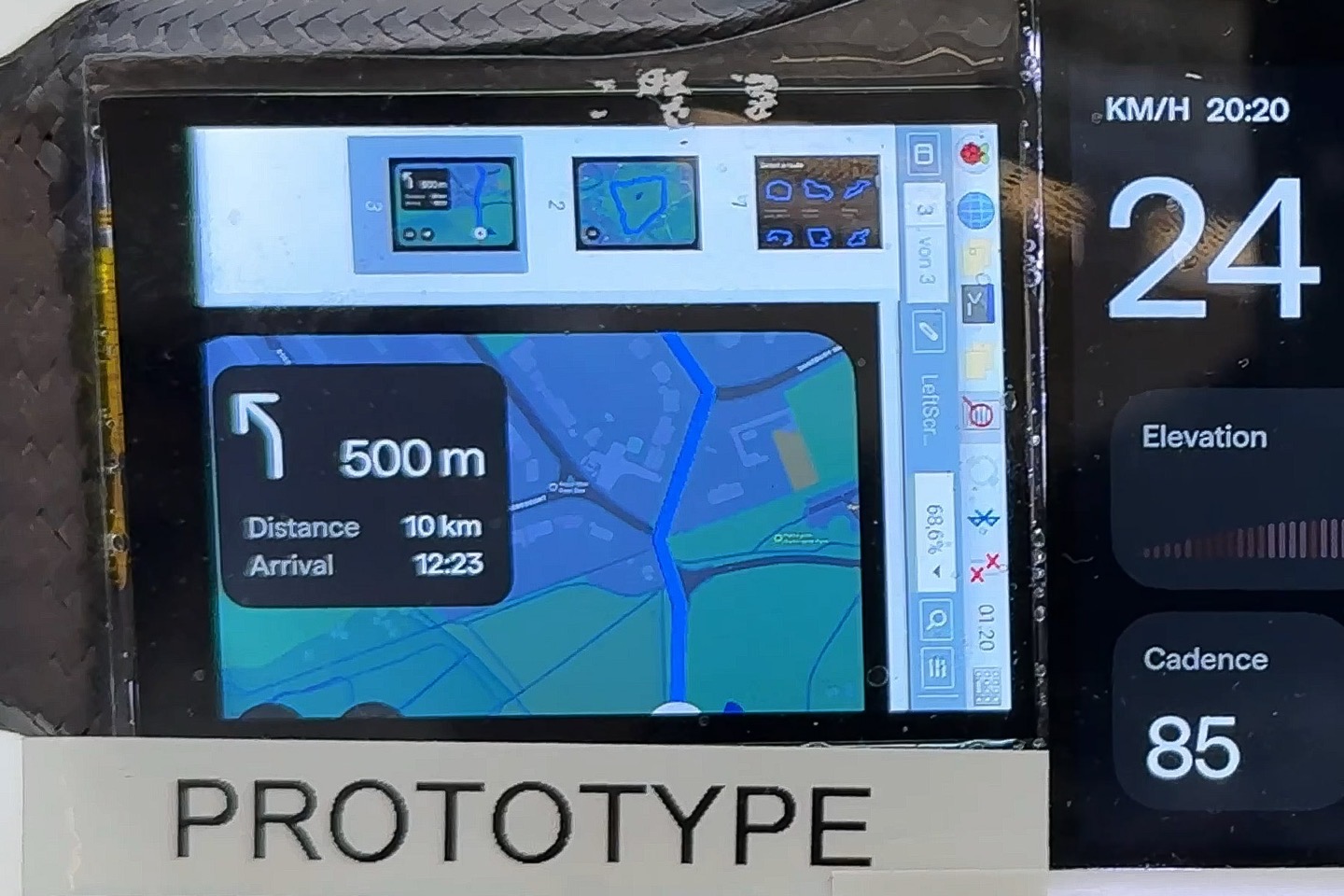
A moment later, the other founder looked over, a bit perplexed. And she realized that the “Do Not Touch” sticker/label had fallen off, and blown off the stand. At that point, they acquired said sticker from the booth floor, and went about re-attaching it.
That immediately prompted my next question on timelines, and their current timeline is next summer, so about a year from now. I suppose that’s in line with the “Q2 2026” they’ve stated previously.
Now, I’d argue at this juncture, given they’re taking money for this, this should have been *FAR FAR FAR* further along. Specifically, it should have been real/operational, not a slideshow. Heck, if they wanted to slideshow it, it should have at least been a screen recording from a ride. That’s roughly what their competitors do, in so-called ‘Demo Mode’, so that bike shops and trade shows can show off all the features super quickly.
Look, I get that a prototype is bound to have bugs, but I’m seriously questioning how functional it is. There’s only a single video on their Instagram account showing it out on the road, and none of the power/cadence/speed numbers change once during that short 4-second clip, at least on the main display (center). In fact, those same four metrics in the live video they showed trying to prove it was real, are identical to the slideshow metrics (RPM is 85, power is 310w, time is 20:20, battery stats are the same, elevation is the same, etc…). Though speed and current gear is different.
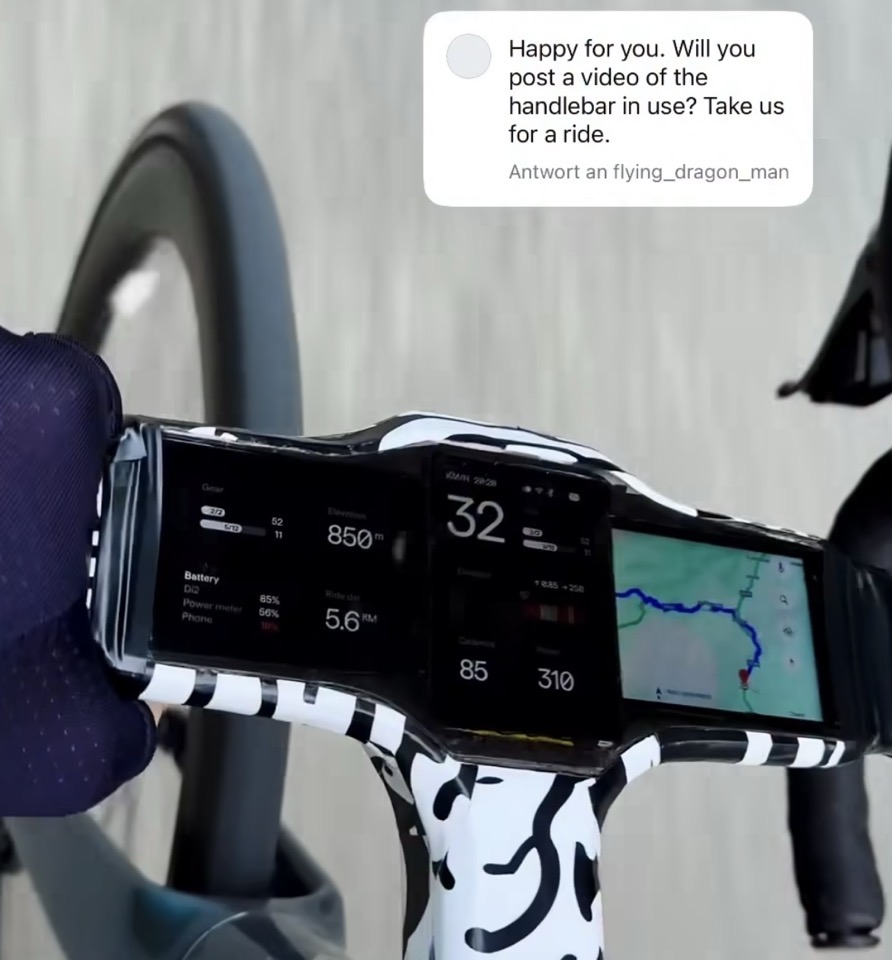
Knowing how long it took Wahoo on their ACE to go from non-functional prototype, to barely functional prototype, to shipping, to eventually more usable, FliteDeck’s timelines, with far fewer resources, don’t really align.
Anyway…
Now, my last area of concern was the handlebar itself. Specifically, durability and safety. As a general rule of thumb, I don’t tend to trust startups with safety-related things. Especially safety-related things at high speed that could break and grind my face into the ground.
Thus, I asked about the handlebars. Specifically, were they OEM’ing that to some other known handlebar company, or developing it themselves. They confirmed they were developing it themselves, and then went on to note that as a German company, they are required to adhere to German laws around bicycle handlebars (for which there is an ISO spec, I assume this one). Further, they will be sending out their handlebars to a third-party lab within Germany to do all the load and safety testing, in order to get their certifications. So, that did assuage my concerns, assuming all that happens as stated.
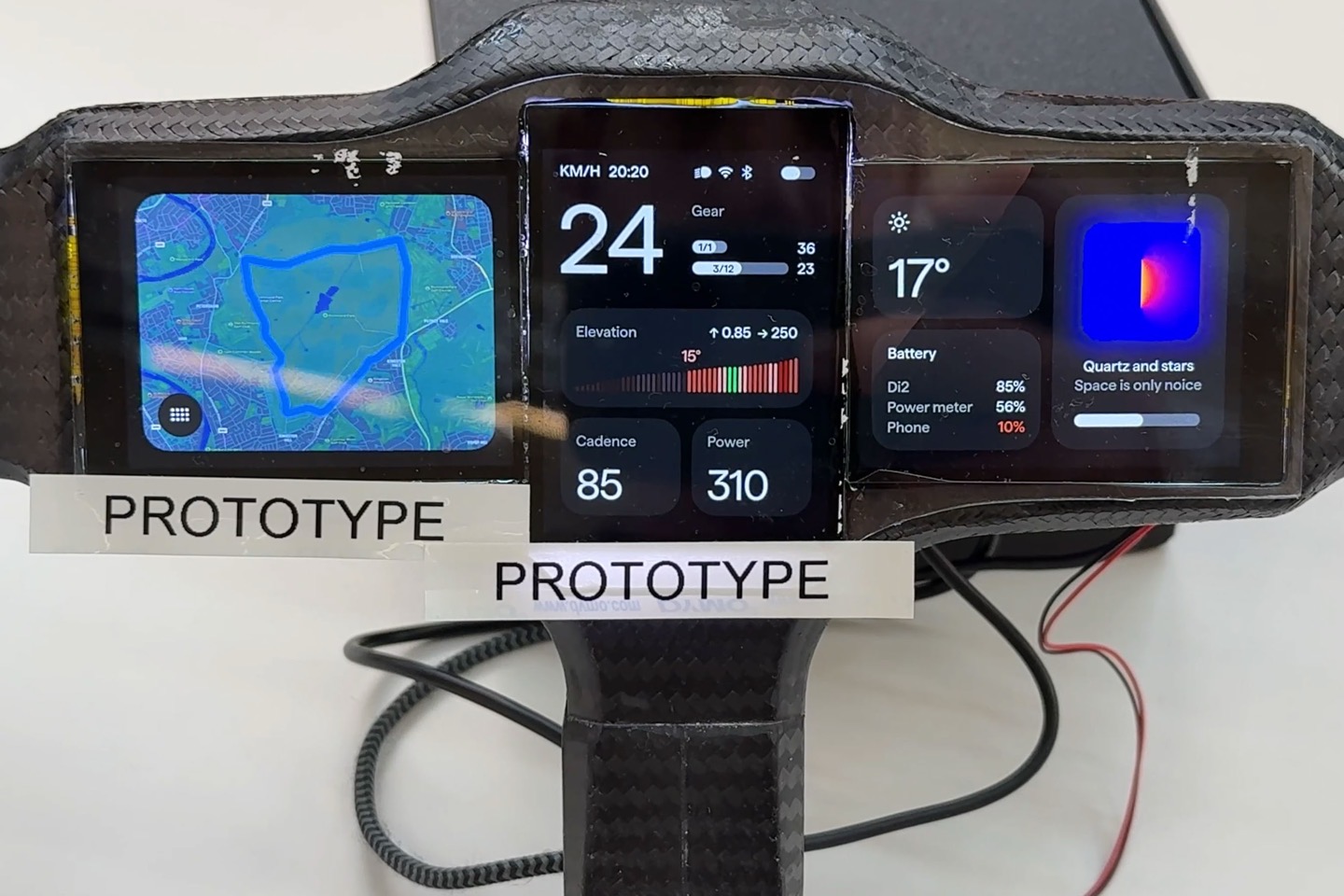
Ultimately, I’m all for more competition in the bike computer space. More is definitely better. Or at least, more good competition.
Would I pay $2,000USD right now for this, with the hope of it being delivered next summer? Absolutely not. Not a chance in the world. Mainly because I don’t think their timelines are realistic, based on what I saw at Eurobike. And no part of the conversation led me to believe the project was meaningfully further along.
Now, if this had all the features of a Garmin/Wahoo bike computer, would/should someone pay $2,000 for it? Someone would, we know that already – such is high-end bike tech. But we don’t have clear definitions on what features are there today. My guess is the feature sets will be much more inline with a basic bike computer (e.g., lacking structured workouts, ClimbPro-like metrics, course/route following, and offline re-routing, etc…). These are all things that most bike computers recently haven’t launched with, but were added often years later.
Still, I wish them the best of luck, and would love to see where things are next spring, including trying it out for a ride. There’s no question it has the potential to look super cool. It’s just a question of whether or not that potential can be turned into reality.
With that, thanks for reading!


0 Commentaires